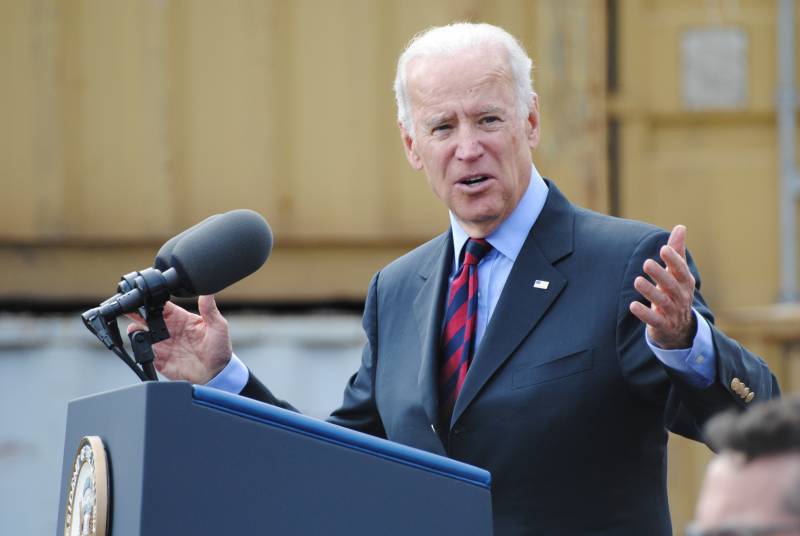The first 100 days of a new presidency is traditionally a time to look at what happens when rosy campaign promises and hope-filled inaugural speeches meet the harsh realities of governing. One clear win for President Joe Biden’s administration so far? In January, the president promised 100 million vaccines would be given during his first 100 days. That number now tops 200 million.
But other first-100-day pledges are harder to unpack. When Biden and Vice President Kamala Harris took office in January, the nation was–and still is– struggling with the devastating human and economic toll of the global Covid-19 pandemic, and reckoning with a deadly insurrection at the Capitol that challenged fundamental principles of American democracy. In March, Congressional Democrats passed the administration’s massive Covid relief package with no Republican votes, causing some to question Biden’s early pledge of bipartisanship. Congress is now tackling legislation related to infrastructure and action on climate change and again facing Republican resistance. Many questions still remain about how the administration will address healthcare reform, gun safety, the college debt crisis, police violence, immigration and thorny foreign policy issues centered on Russia, Iran and China.
Scorecard vs. Issue Choice
It can be hard to know where to start with students when looking at Biden’s first 100 days. One way is the scorecard approach, which asks students to evaluate progress made so far on a range of high-profile campaign promises. This tracker from Vox puts all of Biden’s actions on an easy-to-read timeline updated frequently with the most recent information. The Biden Promise Tracker from Poynter’s Politifact looks at a wide range of campaign pledges, starting with the top 5 promises. This 10-minute video from the ABC News Promise Tracker features four journalists debriefing Biden’s first 100 days and gives a broad overview on key issues, including Covid relief, immigration and climate change.
Another approach is to ask students to look at specific issues prioritized by the Biden administration that also connect to your curriculum or community. Asking students to research an issue they care about adds choice and boosts motivation. It also could result in an op-ed, podcast or short video project to help students share their voice about important current topics as the school year comes to a close.
KQED’s Perspectives Youth Media Challenge is an example of a voice-only podcast project that invites students to share their views on a topic that matters to them and publish their audio piece to a wider audience on our youth media showcase. In this example of an issue-based Perspective a high school freshman talks about how high housing costs in her community make her feel about the future. Learn more about the Perspectives curriculum and how to sign up for the challenge.
